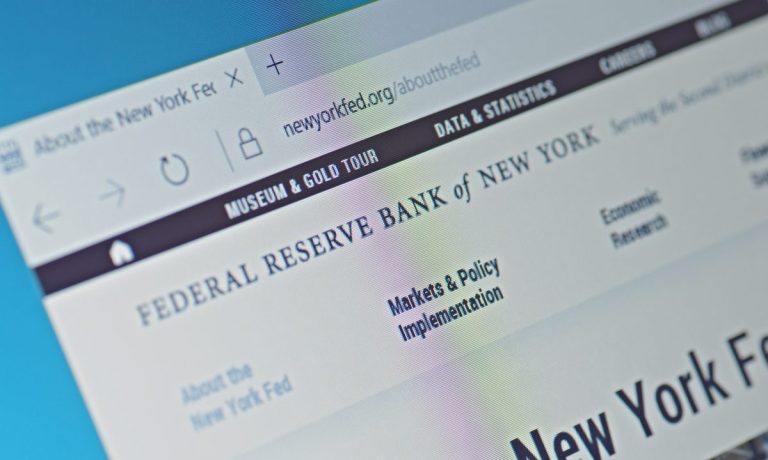10 US Banks Participating in Test of Interoperable Digital Money Platform

Ten members of the banking community are working with the New York Innovation Center (NYIC), which is part of the Federal Reserve Bank of New York, to explore the feasibility of the regulated liability network (RLN) — an interoperable digital money platform.
The proposed RLN would use distributed ledger technology to improve financial settlements and would include central banks, commercial banks and regulated non-banks, the participating firms said Tuesday (Nov. 15) in a press release.
“The 12-week PoC [proof of concept] will test a version of the RLN design that operates exclusively in U.S. dollars where commercial banks issue simulated digital money or ‘tokens’ — representing the deposits of their own customers — and settle through simulated central bank reserves on a shared multi-entity distributed ledger,” the release said. “The PoC will also test the feasibility of a programmable digital money design that is potentially extensible to other digital assets, as well as the viability of the proposed system within existing laws and regulations.”
The project will be conducted in a test environment, will use only simulated data and will release its findings after the test is concluded, according to the press release.
“It is not intended to advance any specific policy outcome, nor is it intended to signal that the Federal Reserve will make any imminent decisions about the appropriateness of issuing a retail or wholesale CBDC [central bank digital currency], nor how one would necessarily be designed,” the release said.
The firms participating in the project include BNY Mellon, Citi, HSBC, Mastercard, PNC Bank, Swift, TD Bank, Truist, U.S. Bank and Wells Fargo, per the release.
In related news, a New York Fed official said Nov. 4 that one of the most significant benefits of a United States CBDC could be faster cross-border transactions.
Michelle Neal, executive vice president and head of markets at the Federal Reserve Bank of New York, cited research that is underway at the NYIC in a project dubbed Project Cedar.